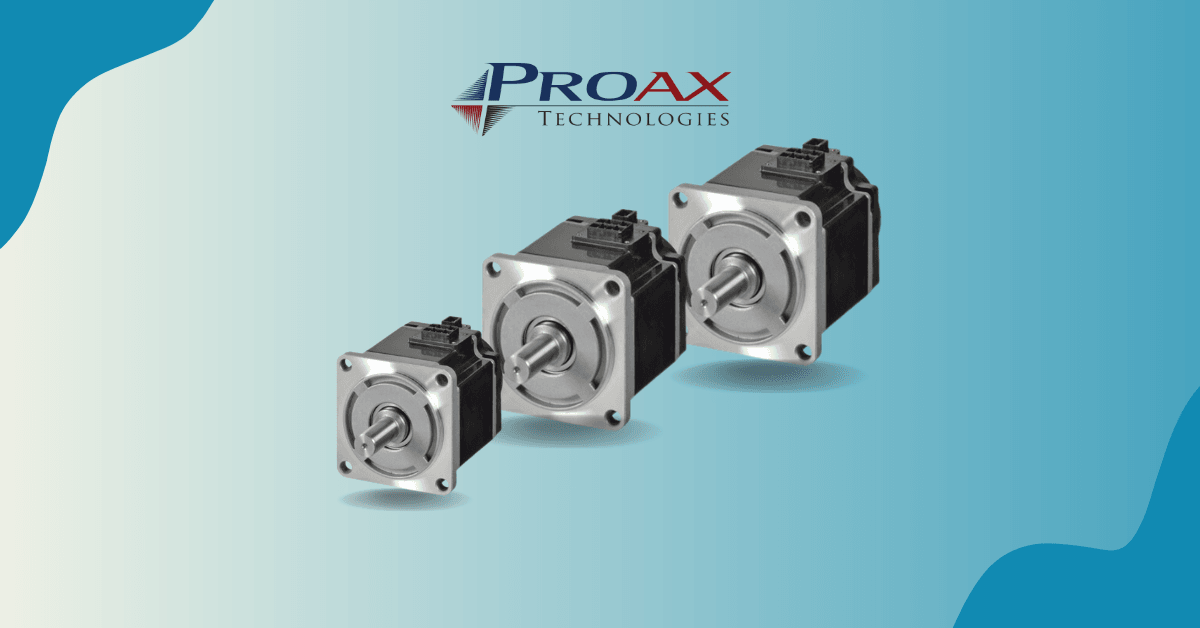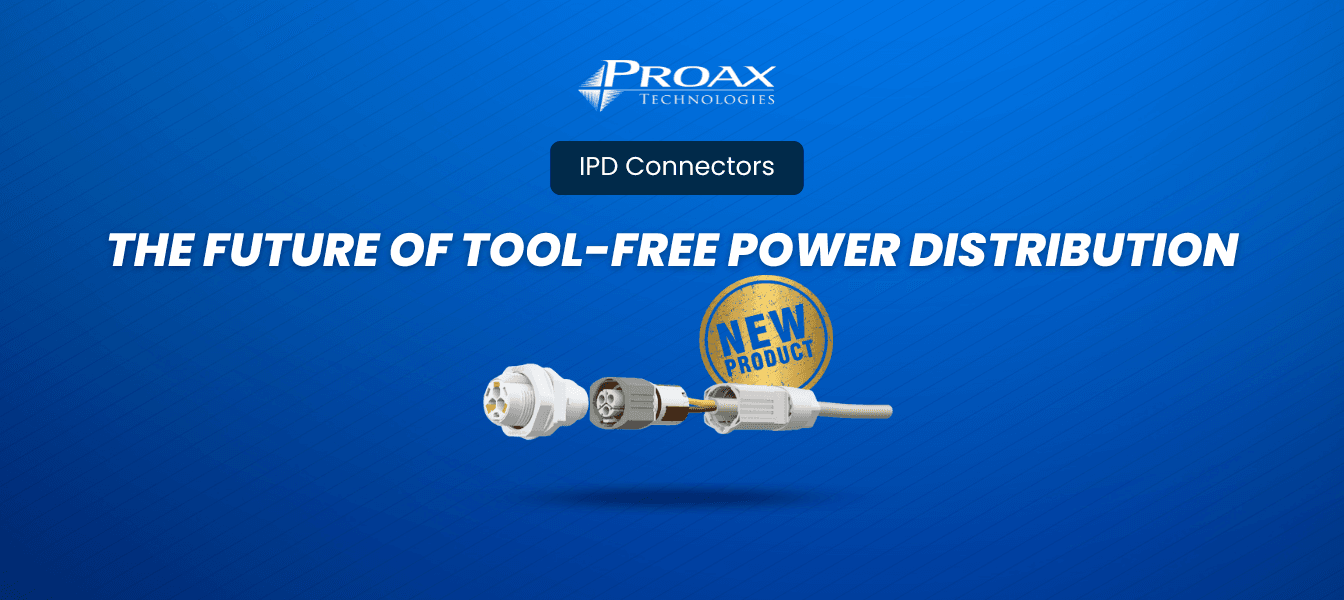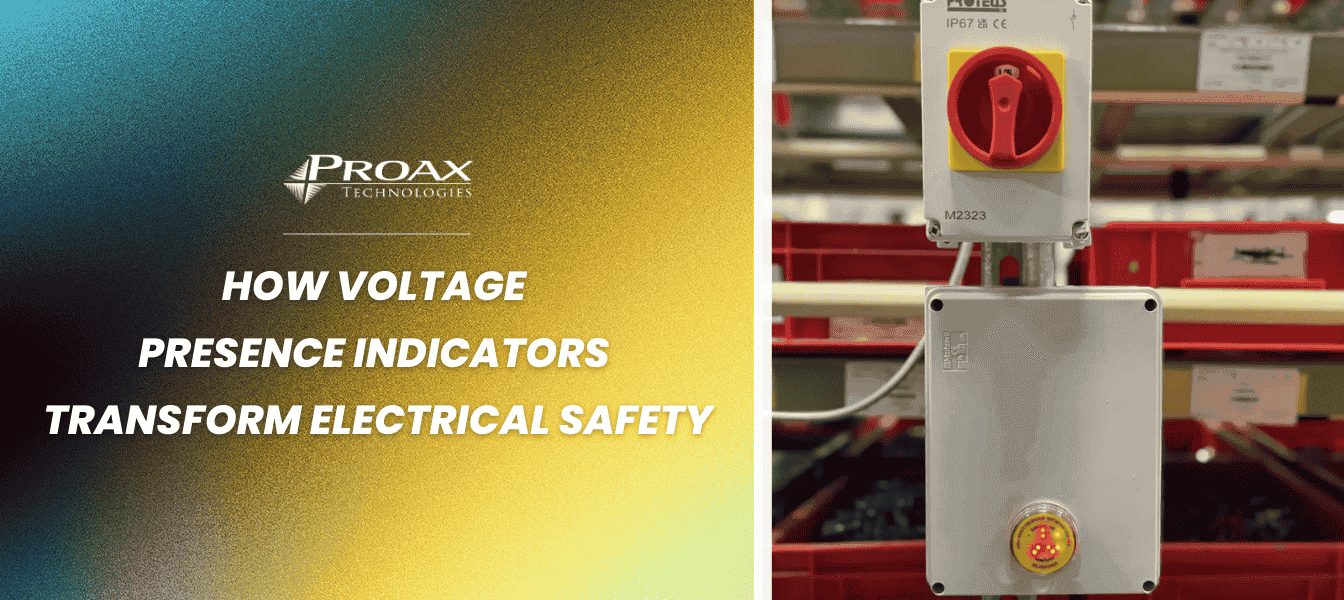In the world of automation and robotics, the term 'servo motor' isn't just another buzzword. To engineers and specialists, it represents precision, control, and efficiency. In this article, we'll demystify servo motors, highlight how they operate, and delve deep into the world of 1S Servo System Motors.

What are Servo Motors?
A servo motor is a type of motor that can operate with an input of a controlled signal, usually in the form of voltage. It has the capability to follow precise commands to turn a specific angle or distance and can also communicate its current status back to the control system.
Why are they special?
Unlike regular motors, servo motors are integral components of advanced servo systems. They have a feedback mechanism, typically an encoder, which allows for precise control of the angular or linear position, velocity, and acceleration. This feedback loop, managed by servo drives, ensures that the motor's output matches the desired command. Because of this unique combination of servo motors and drives, they become indispensable in applications where precision and control are paramount, such as robotics, CNC machinery, automated manufacturing systems, and intricate servo systems setups.
How Do They Work?
While servo motors are compact powerhouses in the world of machinery, their real magic lies beneath the surface. Used everywhere from toy cars to high-tech robotics, these motors combine efficiency with precision.
Inside the Servo Motor:
- DC motor: The primary mover.
- Potentiometer: As the motor moves, this changes resistance, feeding back the motor's position to the control circuit.
- Control circuit: The command center, it interprets electrical signals to determine the motor's desired movement.

Functionality Breakdown
The servo motor's shaft, usually connected to a gear, stands ready for commands.
- Electrical pulses sent through a signal wire instruct the desired shaft position.
- The control circuit, with feedback from the potentiometer, checks if the shaft is in the right position.
- If it's off, the motor adjusts its direction and speed based on the position difference.
- Once correctly positioned, the motor's power is cut off, showcasing its efficiency. This smart adjustment mechanism is termed as proportional control.
In short, the servo motor is a master of precise movement and energy efficiency.
Introducing: Omron 1S Servo Motors
Omron 1S servo motors aren't just another addition to the servo motor family. They are designed to meet both current and future machine requirements, optimizing the entire machine manufacturing process.

Features and Specifications:
- High-Resolution Encoder: With a 23-bit resolution encoder, this motor ensures precision in every movement.
- Size and Design: Compact in size, it is designed for easy EMC compliance. Its multi-turn encoder design is without mechanics, providing 16-bit with 65,536 turns.
- Battery-free Advantage: The absolute multi-turn encoder does not require a battery, which is a boon for reducing maintenance and space requirements.
- Easy Installation: Comes with pre-assembled motor cables, ensuring ease of installation.
- Ratings: It caters to a wide range of power needs, from 230 VAC (ranging from 100 W to 1.5 kW) to 400 VAC (from 400 W to 3 kW).
- Machine Architecture: Designed for efficiency, it offers simple installation and wiring, an EtherCAT Communications Cycle of 125 µs, and two-degree-of-freedom control.
- Momentary Maximum Torque: A whopping 350% momentary maximum torque (for 200 V, 750 W max.), ensuring powerful performance.
- Safety: The motor boasts of the achievement of safety on the EtherCAT network.
Conclusion
Servo motors, with their precision and efficiency, have revolutionized the automation industry. The 1S servo motors, with their advanced features and specifications, stand as a testament to the continuous innovation in this field. Contact us today to explore how servo motors can transform your business's productivity.














































